Collective Molecular Activities of the Plant: Polygala Senega
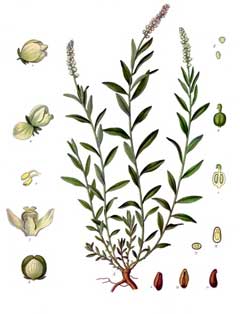
Plant ID: NPO27724
Plant Latin Name: Polygala Senega
Taxonomy Genus: Polygala
Taxonomy Family: Polygalaceae
Plant External Links:
NCBI TaxonomyDB:
174549
Plant-of-the-World-Online:
n.a.
Country/Region:
Canada; United States; China; IndiaTraditional Medicine System:
TCM; Homeopathy; SiddhaMedicinal Functions:
Abortifacient; Antidote; Cathartic; Diaphoretic; Diuretic; Emetic; Expectorant; Sialagogue; Stimulant
Canada; India; United States; China
Overview of Ingredients
48 All known Ingredients in Total
Unique ingredients have been isolated from this plant.Plant-Ingredients Associations were manually curated from publications or collected from other databases.
33 Ingredients with Acceptable Bioavailablity
Unique ingredients exhibit acceptable human oral bioavailablity, according to the criteria of SwissADME [PMID: 28256516] and HobPre [PMID: 34991690]. The criteria details:SwissADME: six descriptors are used by SwissADME to evaluate the oral bioavailability of a natural product:
☑ LIPO(Lipophility): -0.7 < XLOGP3 < +5.0
☑ SIZE: 150g/mol < MW < 500g/mol
☑ POLAR(Polarity): 20Ų < TPSA < 130Ų
☑ INSOLU(Insolubility): -6 < Log S (ESOL) < 0
☑ INSATU(Insaturation): 0.25 < Fraction Csp3 < 1
☑ FLEX(Flexibility): 0 < Num. rotatable bonds < 9
If 6 descriptors of a natural plant satisfy the above rules, it will be labeled high HOB.
HobPre: A natural plant ingredient with HobPre score >0.5 is labeled high human oral availability (HOB)
20 Ingredients with experimental-derived Activity
Unique ingredients have activity data available.Ingredient Structrual Cards
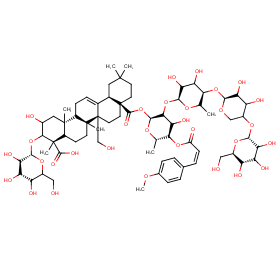
Ingredient ID: NPC89863
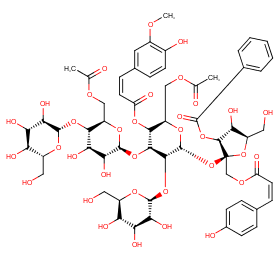
Ingredient ID: NPC84096
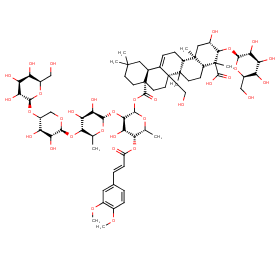
Ingredient ID: NPC8021
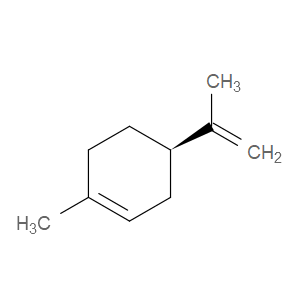
Ingredient ID: NPC76145
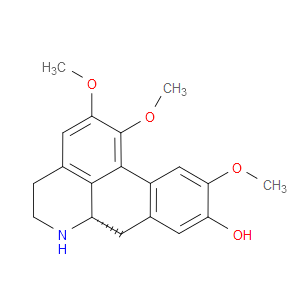
Ingredient ID: NPC69712
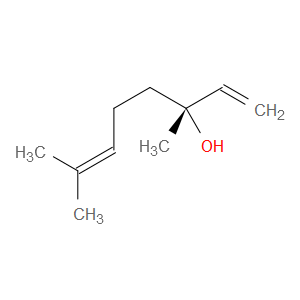
Ingredient ID: NPC68889
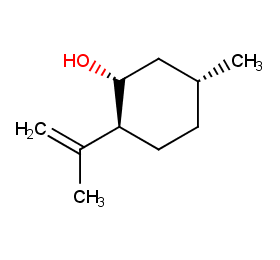
Ingredient ID: NPC67508

Ingredient ID: NPC66272
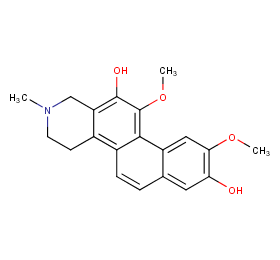
Ingredient ID: NPC60186
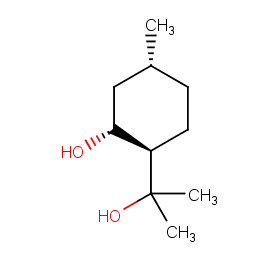
Ingredient ID: NPC54145
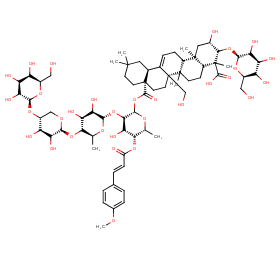
Ingredient ID: NPC33840
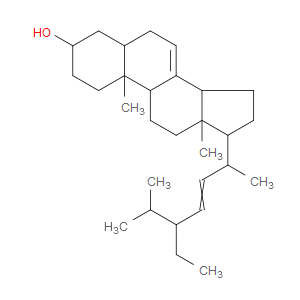
Ingredient ID: NPC318696
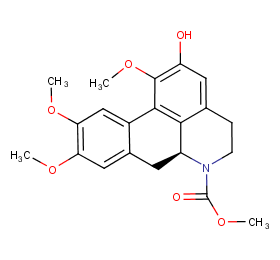
Ingredient ID: NPC312904
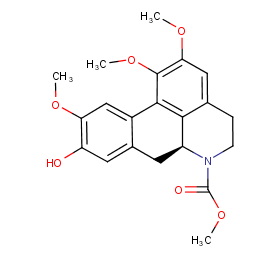
Ingredient ID: NPC310907

Ingredient ID: NPC310210
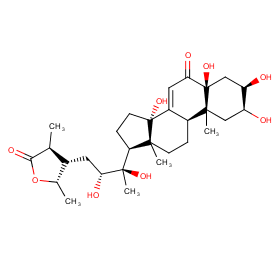
Ingredient ID: NPC309059
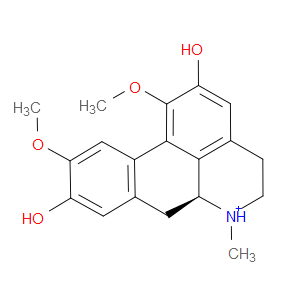
Ingredient ID: NPC306843

Ingredient ID: NPC293714
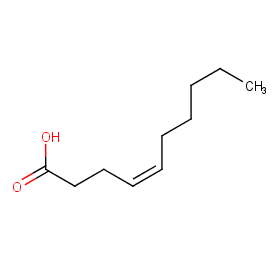
Ingredient ID: NPC289653
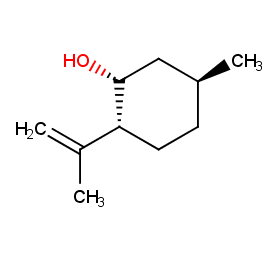
Ingredient ID: NPC285267
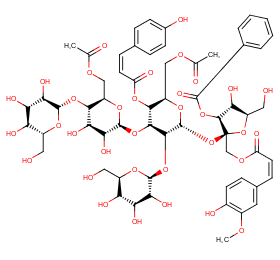
Ingredient ID: NPC275446
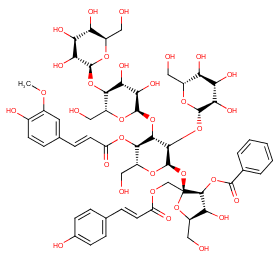
Ingredient ID: NPC275197

Ingredient ID: NPC258893
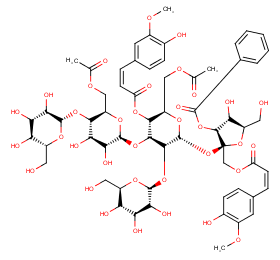
Ingredient ID: NPC246024

Ingredient ID: NPC240308

Ingredient ID: NPC237408
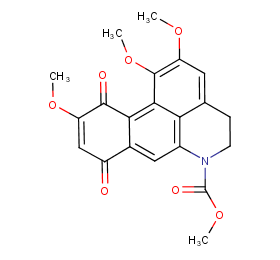
Ingredient ID: NPC222154

Ingredient ID: NPC221467
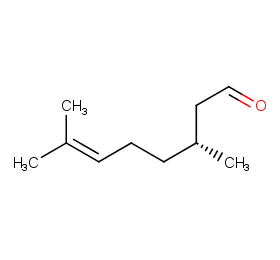
Ingredient ID: NPC22098

Ingredient ID: NPC218742

Ingredient ID: NPC214584
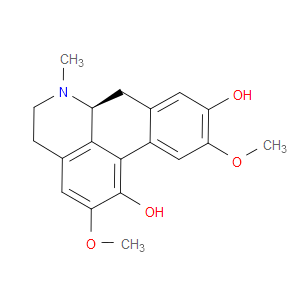
Ingredient ID: NPC212794
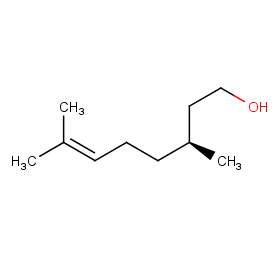
Ingredient ID: NPC210560

Ingredient ID: NPC205421
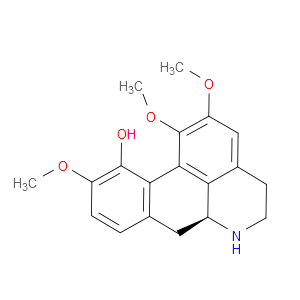
Ingredient ID: NPC192135

Ingredient ID: NPC192040

Ingredient ID: NPC1841
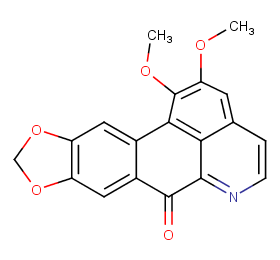
Ingredient ID: NPC182907
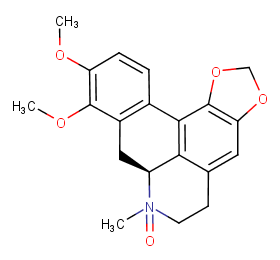
Ingredient ID: NPC168683
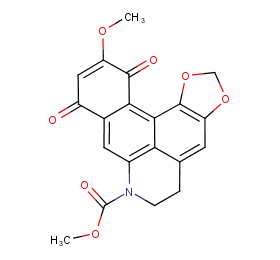
Ingredient ID: NPC154847
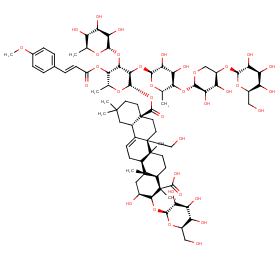
Ingredient ID: NPC151110
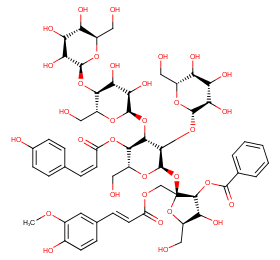
Ingredient ID: NPC145215
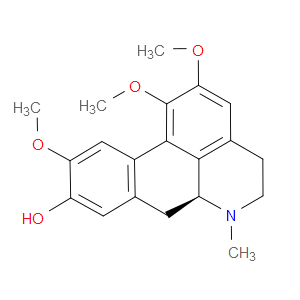
Ingredient ID: NPC136508

Ingredient ID: NPC131437
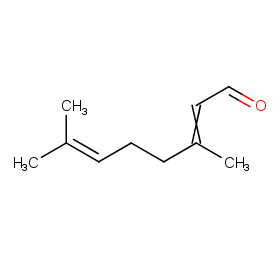
Ingredient ID: NPC12319

Ingredient ID: NPC114762
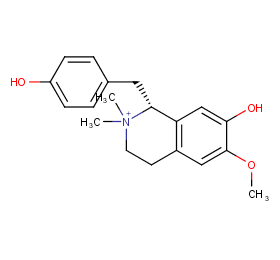
Ingredient ID: NPC114526
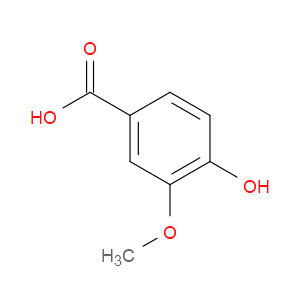
Ingredient ID: NPC111888
Classification of Human Proteins Collectively Targeted by the Plant
Detailed Information of Target Proteins
| Target Type | Protein Class | Gene ID | Protein Name | Uniprot ID | Target ChEMBL ID |
|---|---|---|---|---|---|
| Therapeutic Target | Small molecule receptor (family A GPCR) | HTR1A | Serotonin 1a (5-HT1a) receptor | P08908 | CHEMBL214 |
| Therapeutic Target | Small molecule receptor (family A GPCR) | HTR5A | Serotonin 5a (5-HT5a) receptor | P47898 | CHEMBL3426 |
| Therapeutic Target | Small molecule receptor (family A GPCR) | HTR7 | Serotonin 7 (5-HT7) receptor | P34969 | CHEMBL3155 |
| Therapeutic Target | Small molecule receptor (family A GPCR) | HTR2B | Serotonin 2b (5-HT2b) receptor | P41595 | CHEMBL1833 |
| Therapeutic Target | Small molecule receptor (family A GPCR) | DRD1 | Dopamine D1 receptor | P21728 | CHEMBL2056 |
| Therapeutic Target | Small molecule receptor (family A GPCR) | HTR6 | Serotonin 6 (5-HT6) receptor | P50406 | CHEMBL3371 |
| Therapeutic Target | Structural protein | LMNA | Prelamin-A/C | P02545 | CHEMBL1293235 |
Clinical trials associated with plant from natural product (NP) & plant level:
| Clinical trials type | Number of clinical trials | |
|---|---|---|
| 2 | ||
| NCT ID | Title | Condition | Form in clinical use | Associated by plant or compound |
|---|---|---|---|---|
| NCT04392622 | d-Limonene +Radiation +Platinum Based Chemo for Xerostomia Prevention in Locally Advanced Head and Neck Squamous Cell Carcinoma | xerostomia | Limonene (NPC76145) | |
| NCT04853082 | Limonene on Regulating Metabolism-related Fatty Liver Disease (MAFLD) and Analysis of TCM Constitution | Hepatic steatosis | Limonene (NPC76145) |
❱❱❱ Associated Human Diseases and Detailed Association Evidence
How do we define the Plant-Targeted Human Disease Association?
Associated human diseases of an individual plant are summurized based on FOUR types of association evidence, these include:
❶ Association by Therapeutic Target: Bioactive protein targets of the plant were defined in "Molecular Targets" section, target-disease associations collected from TTD database were subsequently used to build the associations between the plant and its targeted human diseases.
❷ Association by Disease Gene Reversion: Plant and a specific disease will be associated when >= 1 plant target gene overlaped with disease's DEGs.
❸ Association by Clinical Trials of Plant: Plant and a specific disease will be associated when >= 1 clinical trial (the plant is the intervetion) can be matched in ClinicalTrials.gov database.
❹ Association by Clinical Trials of Plant Ingredients: Plant and a specific disease will be associated when >= 1 clinical trial (the plant ingredient is the intervetion) can be matched in ClinicalTrials.gov database.
Associated Disease of the Plant | Association Type & Detailed Evidence |
|---|---|
AbortionDisease Category: 18.Pregnancy, childbirth or the puerperiumDisease ICD-11 Code: JA00 |
DRD1
|
Adenocarcinoma of bronchus or lungDisease Category: 02.NeoplasmsDisease ICD-11 Code: 2C25.0 |
HTR2B
|
Adenocarcinoma of pancreasDisease Category: 02.NeoplasmsDisease ICD-11 Code: 2C10.0 |
HTR7,HTR2B,DRD1,LMNA
|
Adenocarcinoma of stomachDisease Category: 02.NeoplasmsDisease ICD-11 Code: 2B72.0 |
DRD1
|
Allergic/hypersensitivity disorderDisease Category: 04.Diseases of the immune systemDisease ICD-11 Code: 4A80-4A8Z |
DRD1
|
Alzheimer diseaseDisease Category: 08.Diseases of the nervous systemDisease ICD-11 Code: 8A20 |
HTR1A,HTR7,HTR6
|
AnxietyDisease Category: 21.Symptoms, signs or clinical findings, not elsewhere classifiedDisease ICD-11 Code: MB24.3 |
HTR1A,HTR6
|
Attention deficit hyperactivity disorderDisease Category: 06.Mental, behavioural or neurodevelopmental disordersDisease ICD-11 Code: 6A05 |
HTR7,HTR1A,HTR2B
|
Bipolar disorderDisease Category: 06.Mental, behavioural or neurodevelopmental disordersDisease ICD-11 Code: 6A60 |
HTR1A,HTR7
|
Bulimia nervosaDisease Category: 06.Mental, behavioural or neurodevelopmental disordersDisease ICD-11 Code: 6B81 |
HTR1A
|

